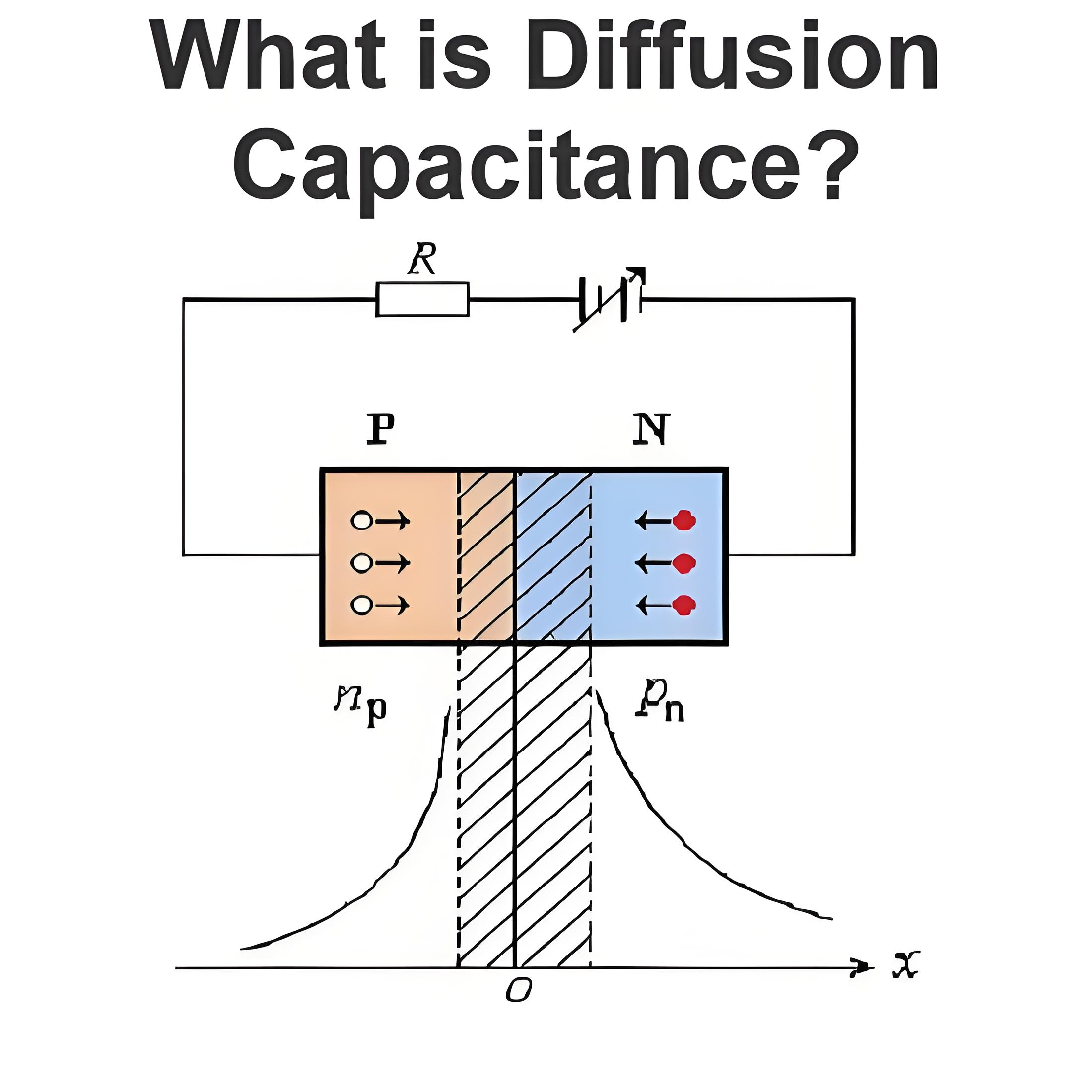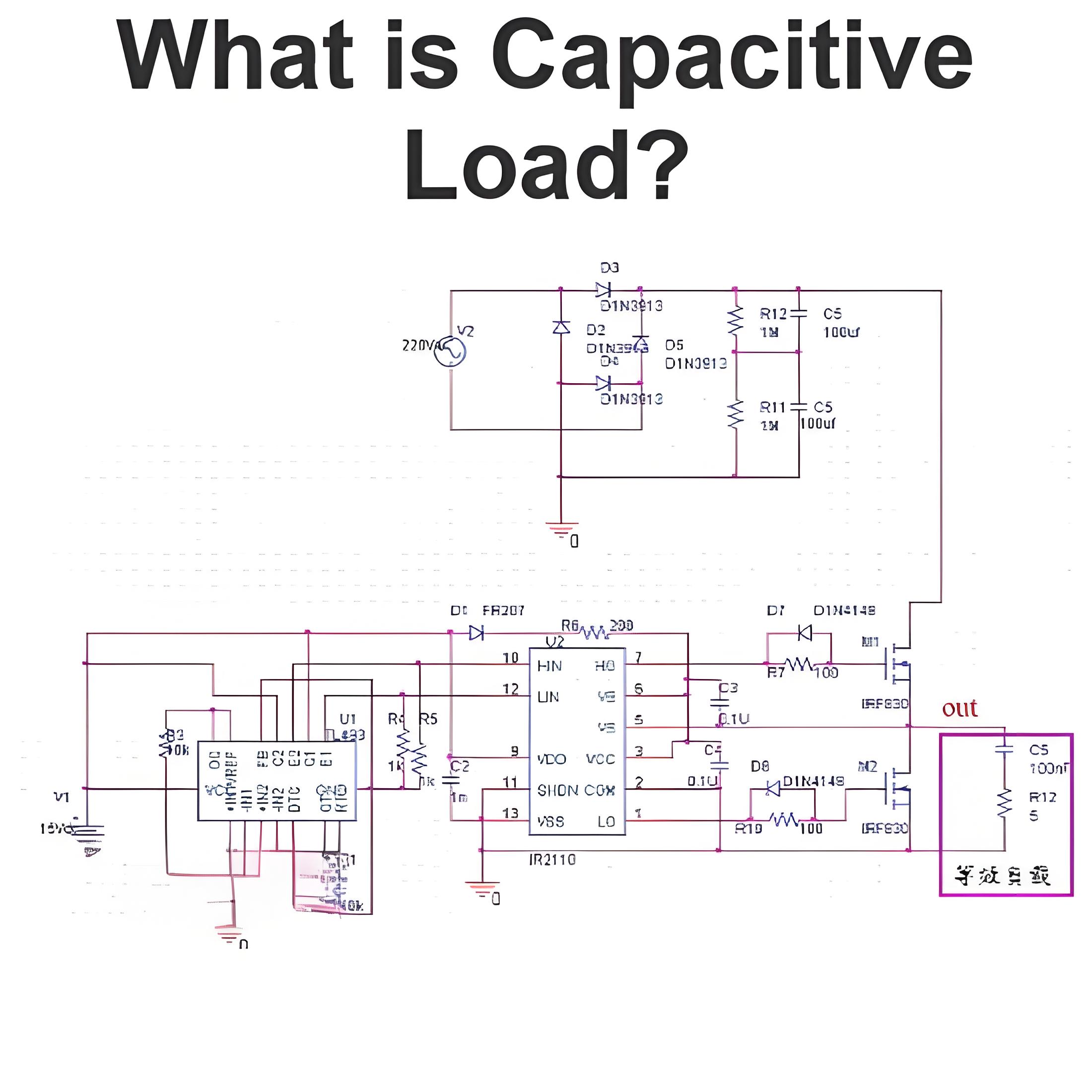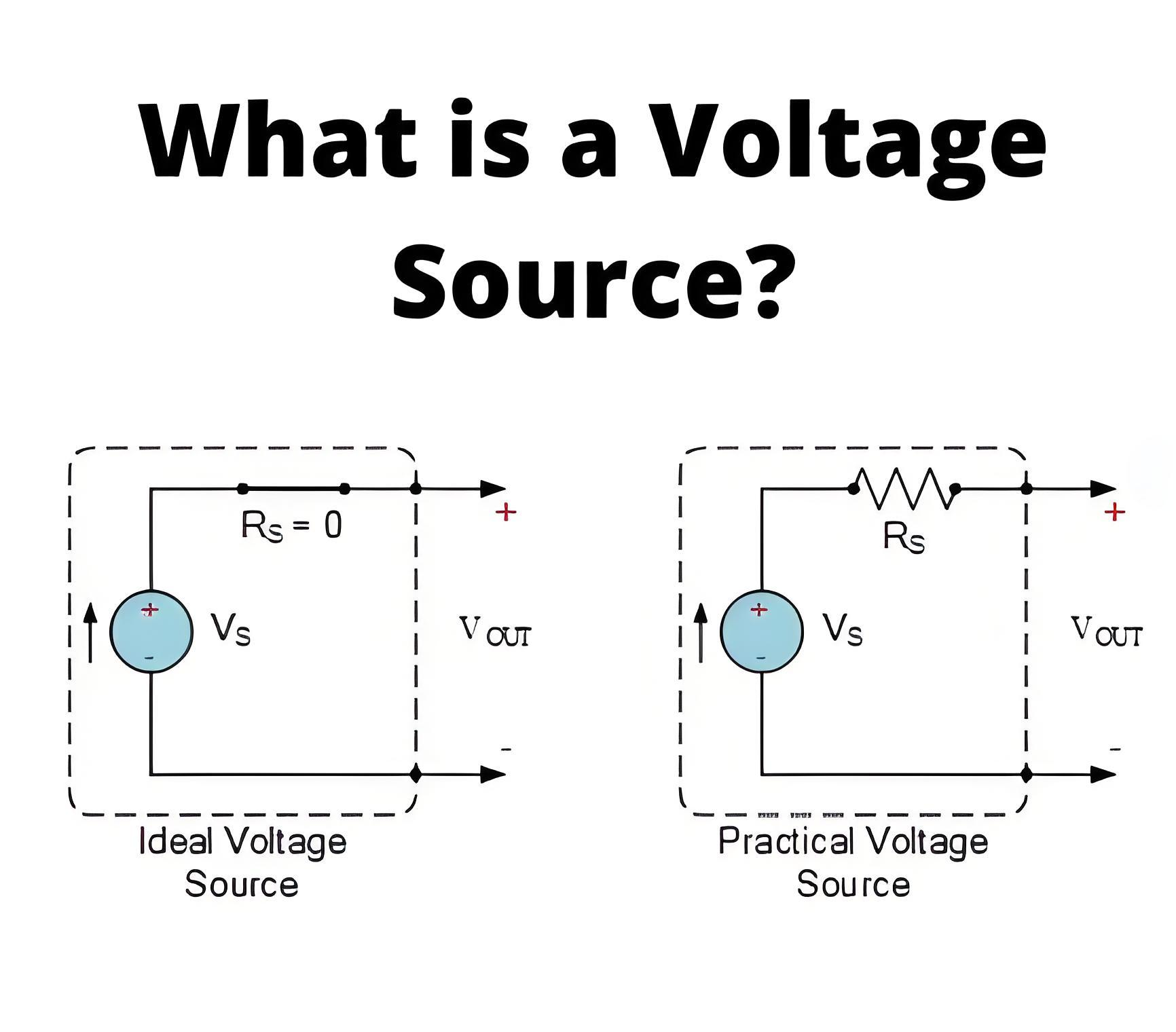Voltage Source: What is it
What is a Voltage Source?
A voltage source is defined as a device that delivers electric power to a connected circuit. In simpler terms, it’s like a push force that keeps the electrons moving continuously through the wire it’s connected to. Think of it as a pump in a water system, only this pump is for electrons in a wire. This voltage source is commonly used in many electrical devices and systems.
A voltage source usually comes as a two-terminal device, meaning it has two points for connection – one for the incoming electrons and one for the outgoing. This concept forms the backbone of our day-to-day electricity usage, powering everything from your mobile phone to your kitchen appliances.
Types of Voltage Sources
The main types of voltage sources include:
Independent Voltage Source: They are of two subtypes – Direct Voltage Source and Alternating Voltage Source.
Dependent Voltage Source: They are of two subtypes – Voltage Controlled Voltage Source and Current Controlled Voltage Source.
Independent Voltage Source
An independent voltage source can deliver steady voltage (fixed or variable with time) to the circuit and it does not depend on any other elements or quantity in the circuit.
Direct Voltage Source or Time Invariant Voltage Source
The voltage source which can produce or deliver constant voltage as output is termed as Direct Voltage Source. The flow of electrons will be in one direction that is polarity will be always same. The movement of electrons or currents will be in one direction always. The value of voltage will not alter with time. Example: DC generator, battery, Cells etc.
Alternating Voltage Source
The voltage source which can produce or deliver alternating voltage as output is termed as Alternating Voltage Source. Here, the polarity gets reversed at regular intervals. This voltage causes the current to flow in one direction for a time and after that in a different direction for another time. That means it is time-varying. Example: DC to AC converter, alternator etc.
Dependent or Controlled Voltage Source
The voltage source which delivers an output voltage that is not steady or fixed and it always depends on other quantities such as voltage or current in any other part of the circuit is termed a dependent voltage source.
They have four terminals. When the voltage source depends on voltage in any other part of the circuit, then it is called Voltage Controlled Voltage Source (VCVS).
When the voltage source depends on current in any other part of the circuit, then it is called Current Controlled Voltage Source (CCVS) (shown in the figure below).
Ideal Voltage Source
The voltage source can deliver constant voltage to the circuit and it is also referred to as an independent voltage source as it is independent of the current that the circuit draws. The value of internal resistance is zero here. That is, no power is wasted owing to internal resistance.
In spite of the load resistance or current in the circuit, this voltage source will give steady voltage. It performs as a 100% efficient voltage source. All of the voltage of the ideal voltage source can drop perfectly to the load in the circuit.
To understand an ideal voltage source, we can take an example of a circuit shown above. The battery shown here is an ideal voltage source that delivers 1.7V. The internal resistance RIN = 0Ω. The resistance load in the circuit RLOAD = 7Ω. Here, we can see the load will receive all of the 1.7V of the battery.
Real or Practical Voltage Source
Next, we can consider a circuit with a practical voltage source having an internal resistance of 1Ω in a similar circuit which is explained above. Due to the internal resistance, there will be a small amount of voltage drop in the RIN.
So, the output voltage will be reduced to 1.49V from 1.7V. So in practical cases, there will be a reduction in source voltage due to the internal resistance.
We can now conclude that the ideal voltage source is kept as model and the real voltage source is made with minimum internal resistance to get the voltage source close to the ideal one with minimum power loss.
Source: Electrical4u.
Statement: Respect the original, good articles worth sharing, if there is infringement please contact delete.
Welcome to our electricity community! Established to facilitate the exchange and cooperation in the electricity industry and bridge professionals, enthusiasts, and related enterprises.







